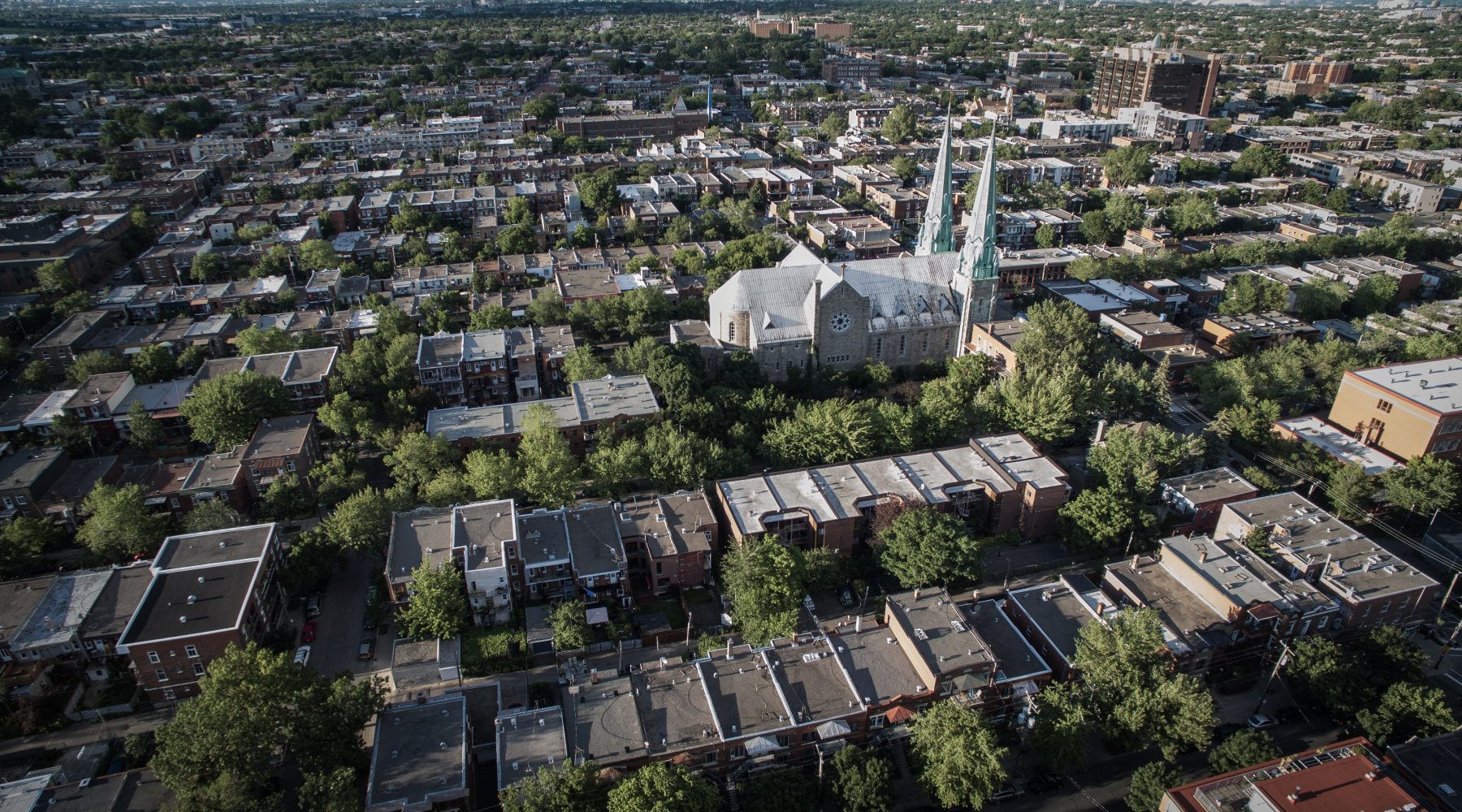North Shore residents question sharp rise in childcare centres, fearing oversupply

Residents living in Sydney’s North Shore have questioned what The Daily Telegraph has termed “a sharp rise” in childcare centre planning applications, citing concerns about increased traffic, noise, and oversupply in the area.
One local council is currently considering four new planning proposals for early learning facilities in its boundaries, including two centres within 100 m of one another in the leafy suburb of Turramurra.
Currently, Ku-Ring-Gai Council is considering a 78-place centre, to be located at 102 Kissing Point Rd, where a single story dwelling currently sits. The proposal for this site includes operating hours from 7:30am to 6pm, and 16 parking spaces, as well as the provision for outdoor play areas.
An application has been submitted for another childcare centre development three minutes walk away, at 11 Boronia Ave. This centre, The Daily Telegraph reported, would cater for 48 children, leading residents to question the need for two centres in such close proximity, the “string of other proposals” in the area, and the presence of existing facilities.
The Greater Sydney Commission’s Northern Sydney District Plan predicts the number of children aged 0-4 is projected to increase by 85,000 by 2036, however Australian Childcare Alliance President Paul Mondo told local publication North Shore Times that the increase in centres was “also driven by operators and developers capitalising on planning laws that permit childcare centres in residential zones”.
Mr Mondo said that whilst the idea of building in a residential area may have initially held appeal, giving families an option to send children to services close to where they live, there were now concerns about oversupply, which he believes “exists in more locations than it doesn’t”.
While reports of undersupply five years ago may have been accurate, Mr Mondo said, the same is not true today, warning that an increase in availability of centres would not necessarily translate in a reduction in childcare costs for parents.
“What tends to happen is that fixed costs remain the same – even with reduced occupancy providers are still having to cover the same overheads,” he continued, expressing that unlike in many other industries and sectors, an uptick in supply does not translate to downward pressure on prices.
This, he said, was particularly true when centres and services are constructed in affluent areas such as the North Shore, where site costs contribute significantly to the cost of projects.
Popular

Practice
Provider
Quality
Research
Workforce
New activity booklet supports everyday conversations to keep children safe
2025-07-10 09:00:16
by Fiona Alston

Quality
Practice
Provider
Workforce
Reclaiming Joy: Why connection, curiosity and care still matter in early childhood education
2025-07-09 10:00:07
by Fiona Alston

Policy
Practice
Provider
Quality
Research
Workforce
Beyond the headlines: celebrating educators and the power of positive relationships in early learning
2025-07-07 10:00:24
by Fiona Alston













